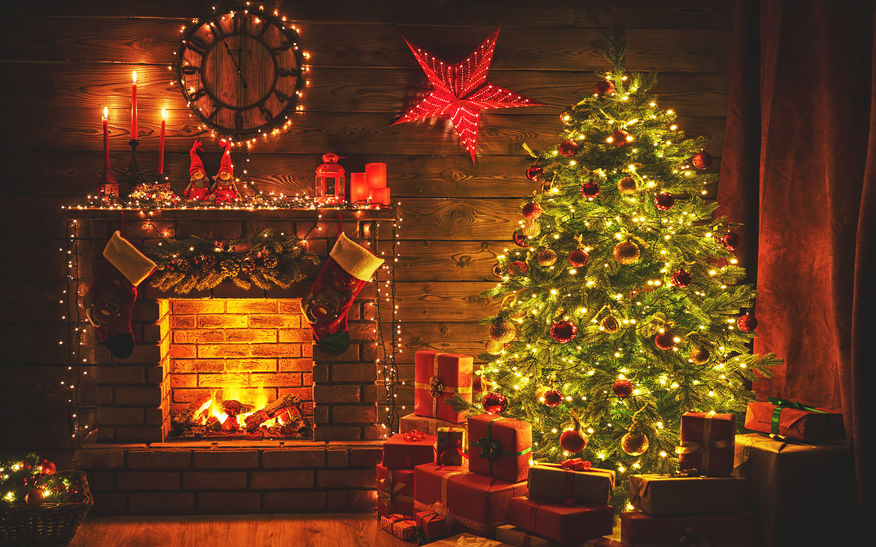- Chimney Blockage
The smoke passage in a chimney can be blocked because of creosote buildup, animal nests, or leaf debris.

- Poorly Designed Construction
Proper drafting requires the components of your fireplace and chimney to be built in a certain size. The height of the chimney can cause a downdraft situation if it does not extend high enough above the roof to create an ambient updraft with a low-enough density. A short chimney is unlikely to vent properly and risks setting the roof ablaze as it poses a serious fire hazard. If the smoke chamber is too tight for the size of your firebox, then you will end up with a lot of smoke in your house. If your fireplace or chimney has a design flaw, then you can solve the problem by installing a smoke guard.
- Negative Air Pressure (Stack Effect)
The stack effect refers to the circulation of air in and out of the building, chimney, and stack. There is a neutral pressure level between the roof and the ground floor of a typical building. This implies that everything below this level is negatively pressurized and air may leak in while everything above is positively pressurized, meaning that air will leak out. The negative pressure in tall older houses rarely exceeds 8 pascals and fireplaces perform well pulling against this pressure. However, modern houses tend to be tightly built with sealed doorways, caulked windows, and spray foam insulation. Therefore, the negative pressure tends to exceed 8 pascals, causing a downdraft in the chimney in the lower areas of the home.
- Closed Damper
A closed damper might be one of the reasons why smoke is flowing back into your house. A damper should open when you are using the fireplace and closed properly when it is not in use. Indoor fireplaces usually have a damper that needs to be opened before you can light up your fireplace. A damper is closed to keep out debris and rain from getting into the house. It also helps maintain conditioned air when heating or cooling your home. To solve this problem, you need to open the damper if you are using an indoor fireplace. Alternatively, you can change a damper that does not open automatically when using the fireplace.
- Indoor-Outdoor Temperature Differential
The strength of the chimney draft is determined by the difference between the indoor and outdoor temperatures. The draft is stronger in case of a greater temperature difference and is weaker when there is a lower temperature difference. Fire by-products and hot air will rise the flue when it is warm inside but cold outside. When it is warm both inside and outside, then the fire by-products and hot air will flow back into the house or float in the firebox. The same occurs when the flue is cold since hot air will not rise to the top of the chimney. If you have a low-temperature differential, the best way will be to light your fires when it is colder outside.
If you are having trouble figuring out why fireplace smoke comes back into your house then it would be wise to call in a professional to assess your situation. They need to do a full chimney sweep when assessing and inspecting your chimney to find a solution to the problem. It is also important to have your chimney regularly cleaned by a professional to avoid downdraft issues and possible fire hazards caused by creosote buildup.
